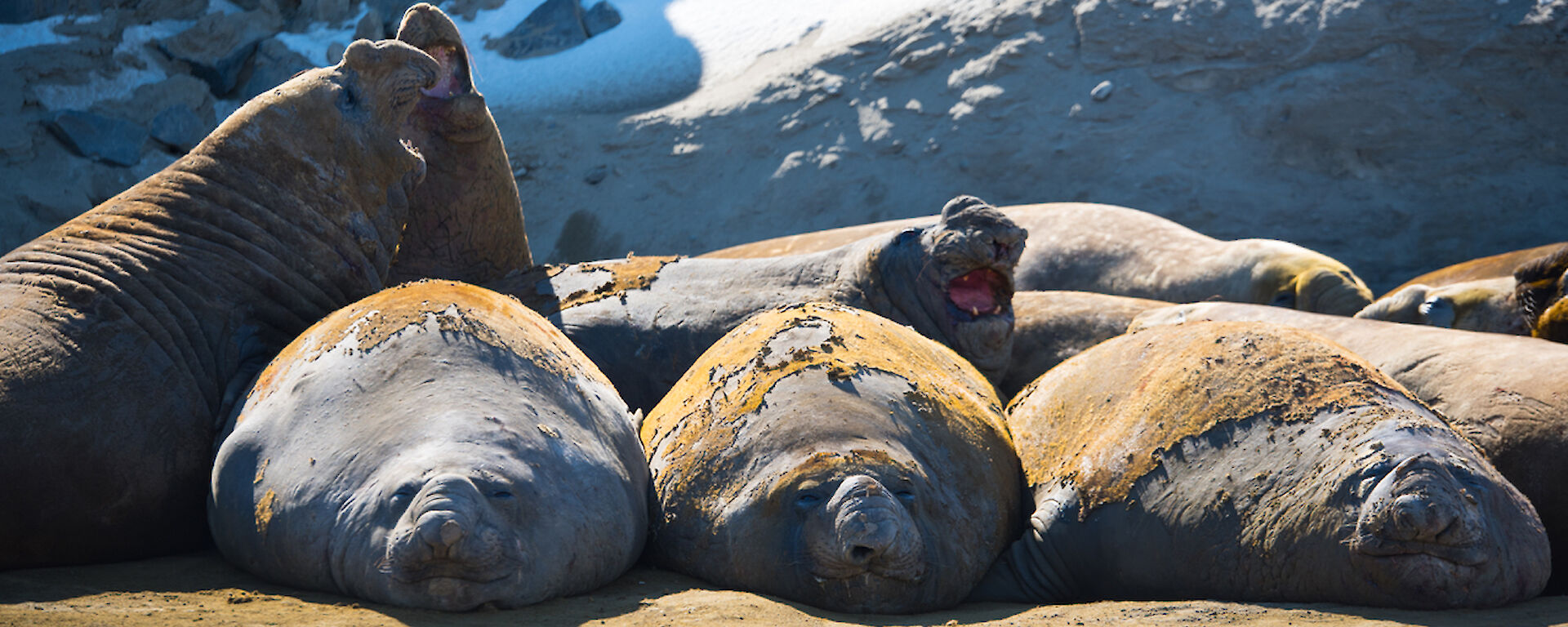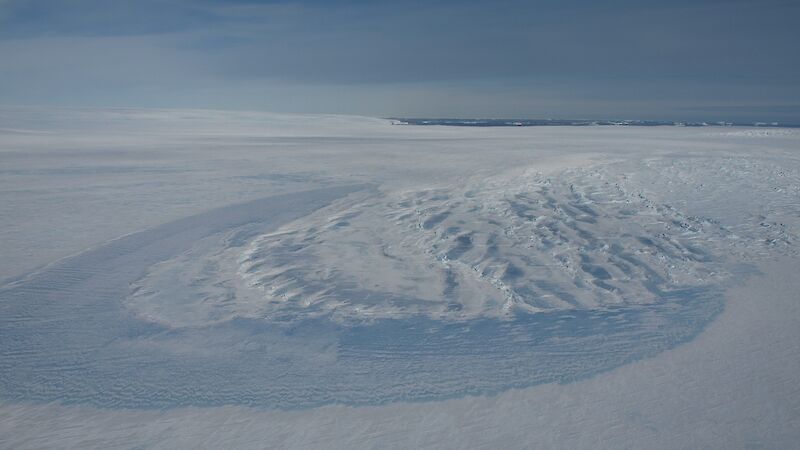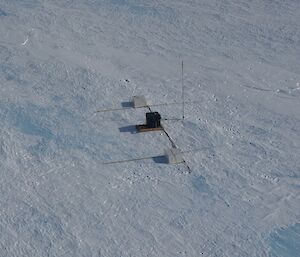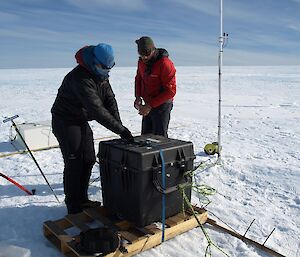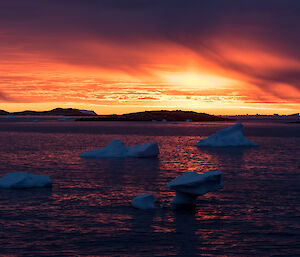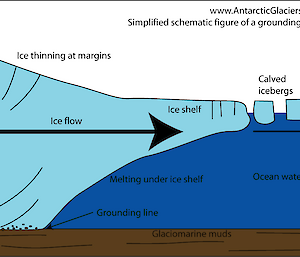This week was our last chance to get out to the glacier before the end of the summer season. We were beginning to despair about getting back at all, with day after day of low cloud and snow showers on station. But finally, Friday turned up clear and sunny and we had a few hours to get quickly back on the ice and put out our last piece of equipment.
We revisited one of our previous seismic sites, which we know from preliminary processing is very close to the grounding line. At this point on the glacier, we were standing on around 700m of ice, and a water cavity of only 20m underneath. We installed our second ApRES (autonomous phase-sensitive radar) unit, which can measure melt rates underneath the ice with millimetre precision. The grounding line is a particularly interesting area to measure melt rates, because the information is very difficult to calculate by other methods and is important for accurate ice shelf modelling.
The installation went extremely smoothly, with a whole summer’s experience of working together, and we had time for a quick flight over the glacier to check our other sites. The towers put out by Christian and Eleri at the beginning of the summer have stood up well to the melt and look in excellent shape. The glacier is now very definitely freezing in for the winter. The active streams and lakes we saw just a few weeks ago are now completely refrozen and being covered over by snow.
The snow back on station has been impressive too, and it’s lovely seeing the local hills turn white again. We’ve also been getting more and more elephant seals on the beach, and they’ve been impressing us all with their loud roars and aggressive battles for space. Normally short lived battles, followed by very long naps. The most welcome sight of all has been a series of spectacular sunsets. After a summer of 24 hour daylight, the sight of a sunset and darkness has been fascinating us all.
Now all of our equipment is packed away, either ready to be returned on the ship with us or neatly stashed in the science storage area over winter. The next few days will be taken up with writing end of season reports, and the ship should be arriving in the next week to take us all home. Our next (and final) blog will be a wrap up of everything we’ve managed to achieve down here over the last four months.

